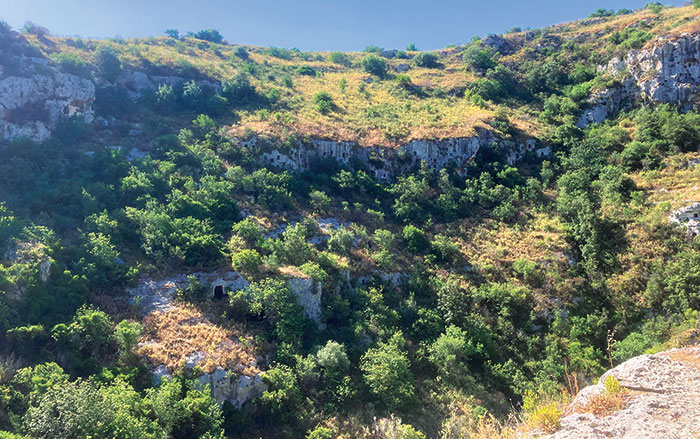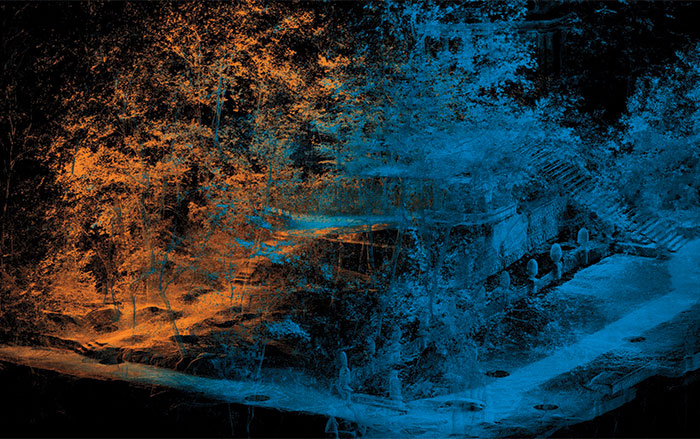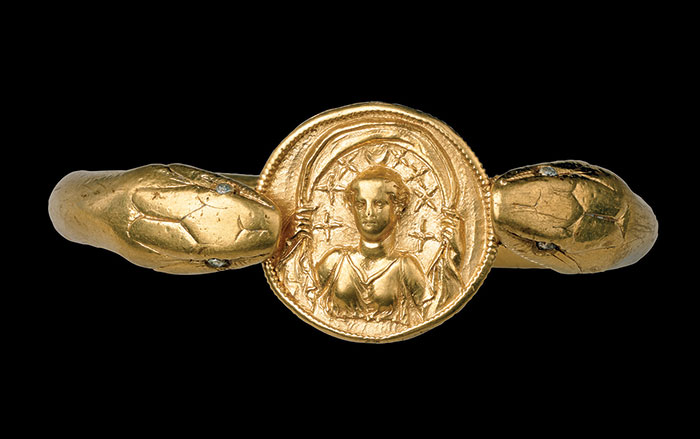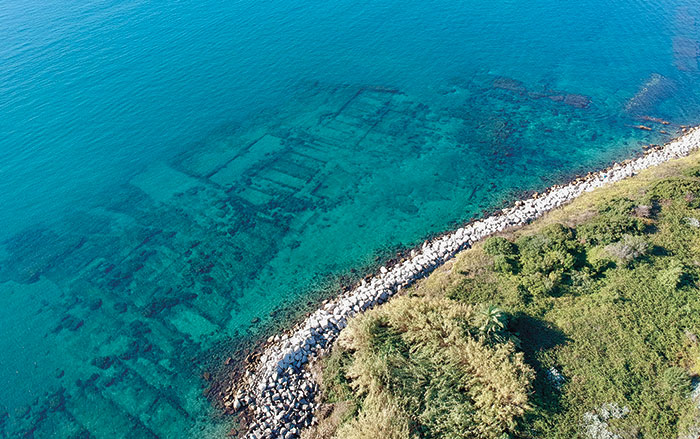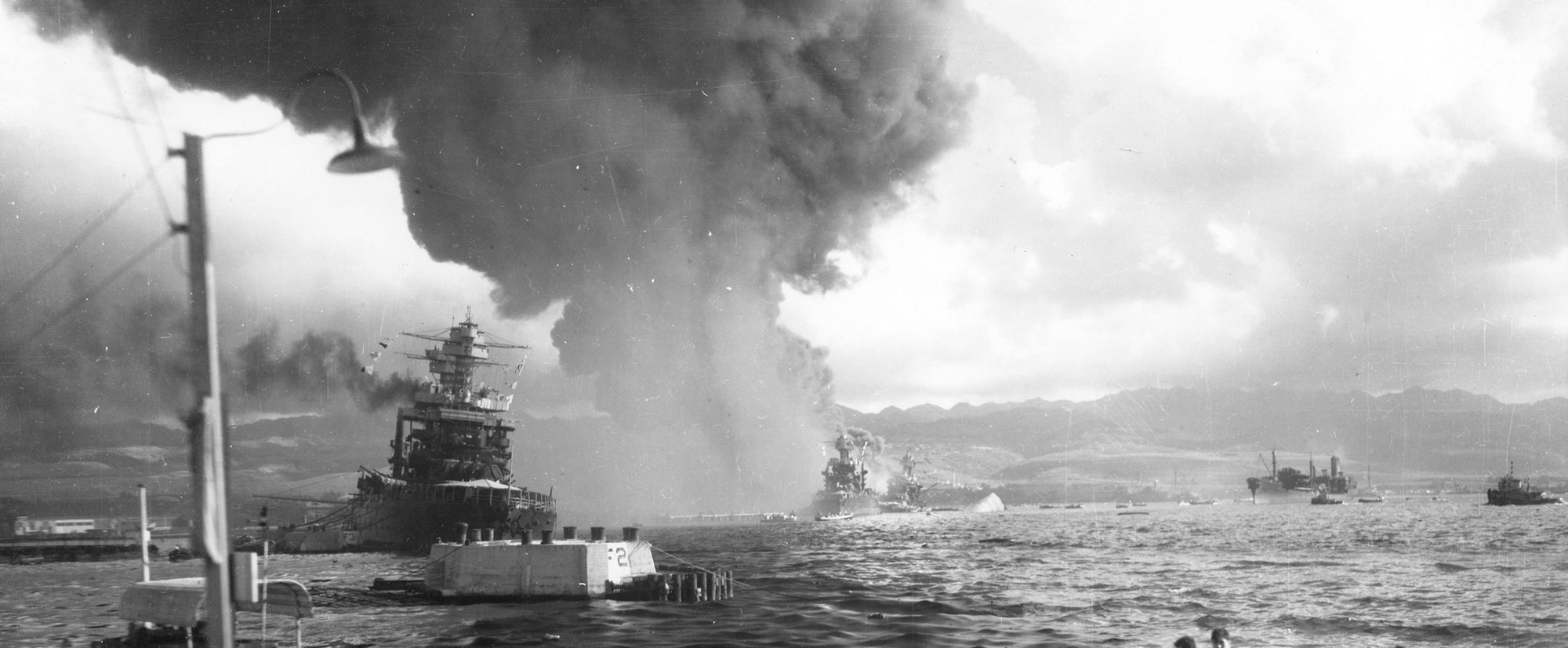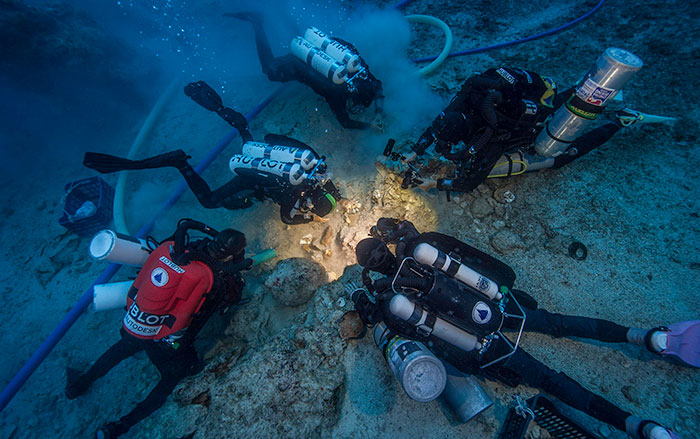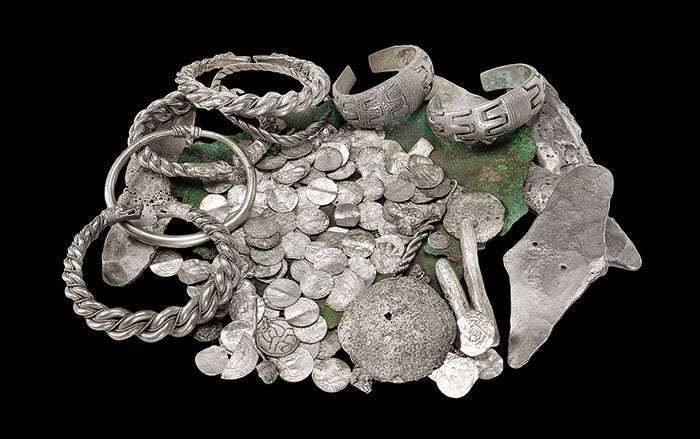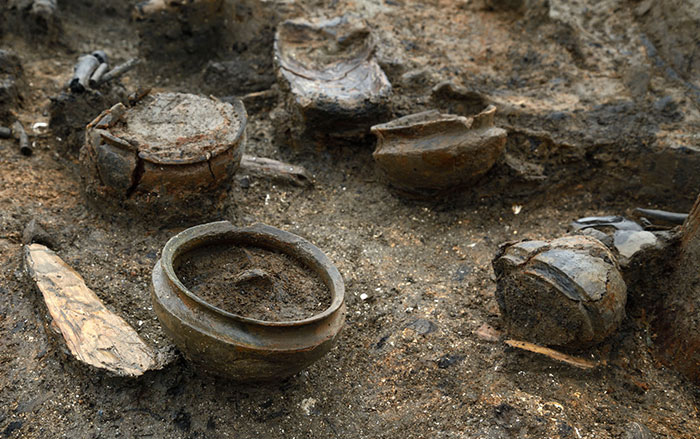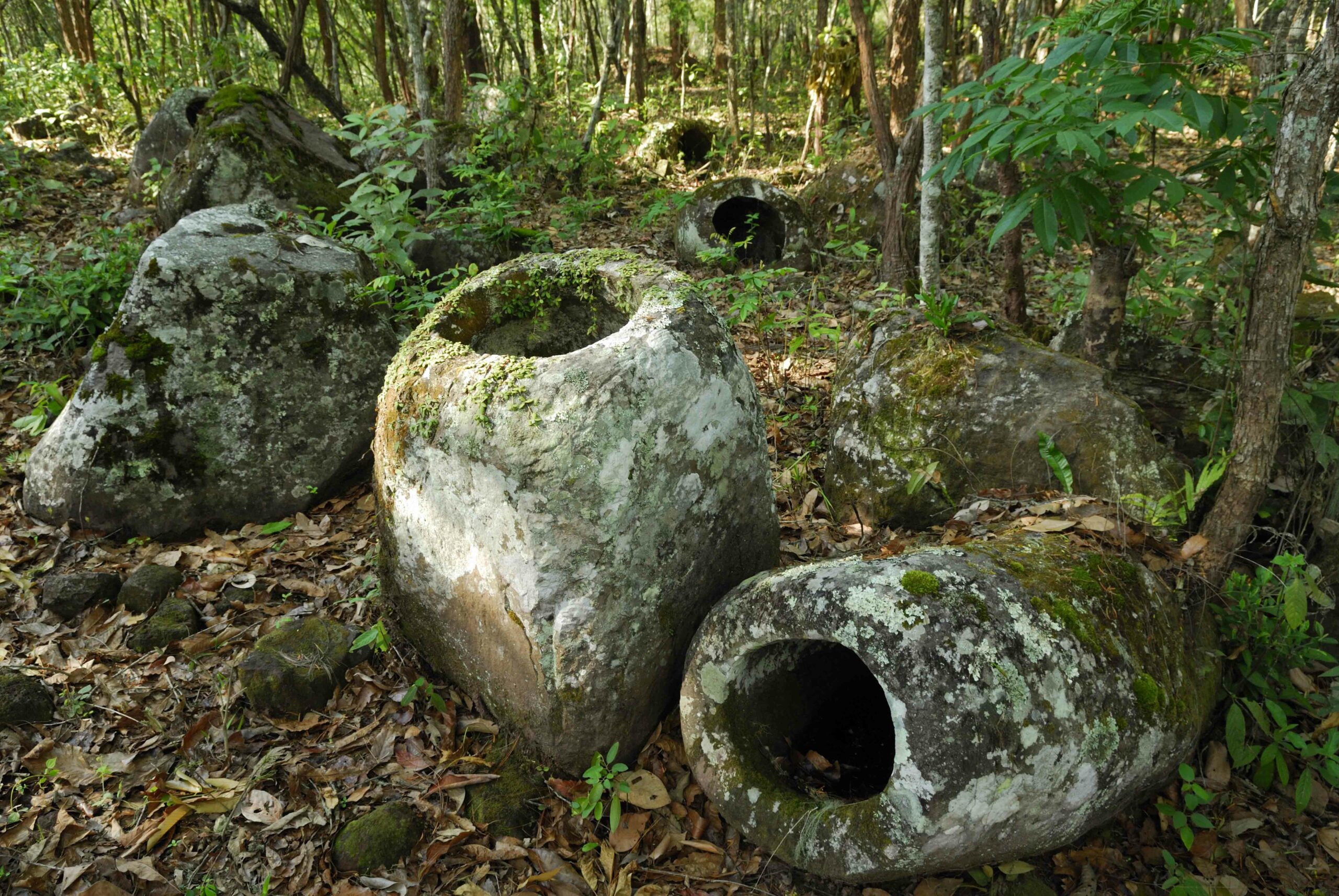
MONTRÉAL, CANADA—The International Business Times reports that a team of scientists from the Université de Montréal, Arizona State University, and the University of Genoa found marine pebbles in Italy’s Arene Candide Cave that hunter-gatherers may have used to apply ochre paste to the dead between 11,000 and 13,000 years ago. The remains of about 20 people have been found in the cave, which is located in a cliff overlooking the Ligurian Sea. The pebbles, found in pieces in the cave, are thought to have been collected on the shoreline, and then broken in half when the ritual painting was completed. The researchers attempted to reassemble the pebble fragments recovered during the excavation, but no matching halves were found, suggesting that half of a pebble was left with the dead, while the other half was carried away as a talisman or souvenir. Claudine Gravel-Miguel of Arizona State University said that the new evidence could push the earliest known case of the ritual breaking of objects back by 5,000 years. For more, go to “Paleo-Dentistry.”


